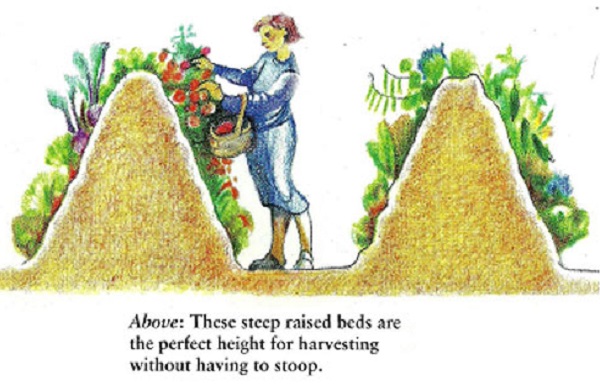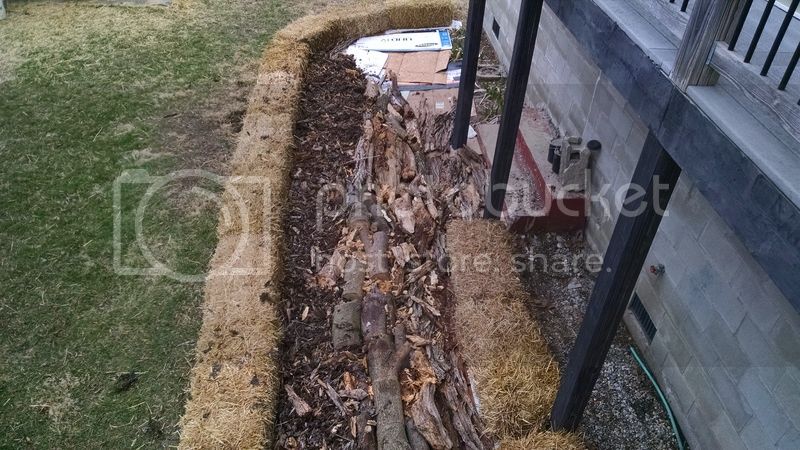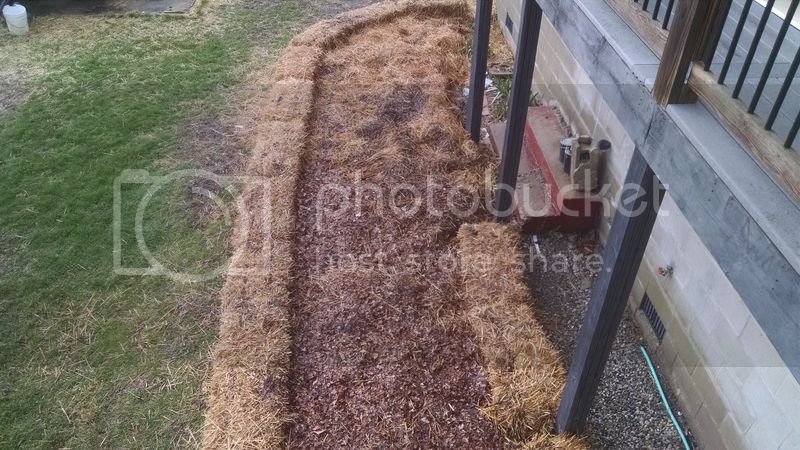I was cleaning out my bookmarks and came across this. Seems pretty easy to do. If you have tried it, what was your experience like, pros and cons. Think I might give it a go this fall. Thanks
http://www.inspirationgreen.com/hugelkultur.html
http://www.inspirationgreen.com/hugelkultur.html




